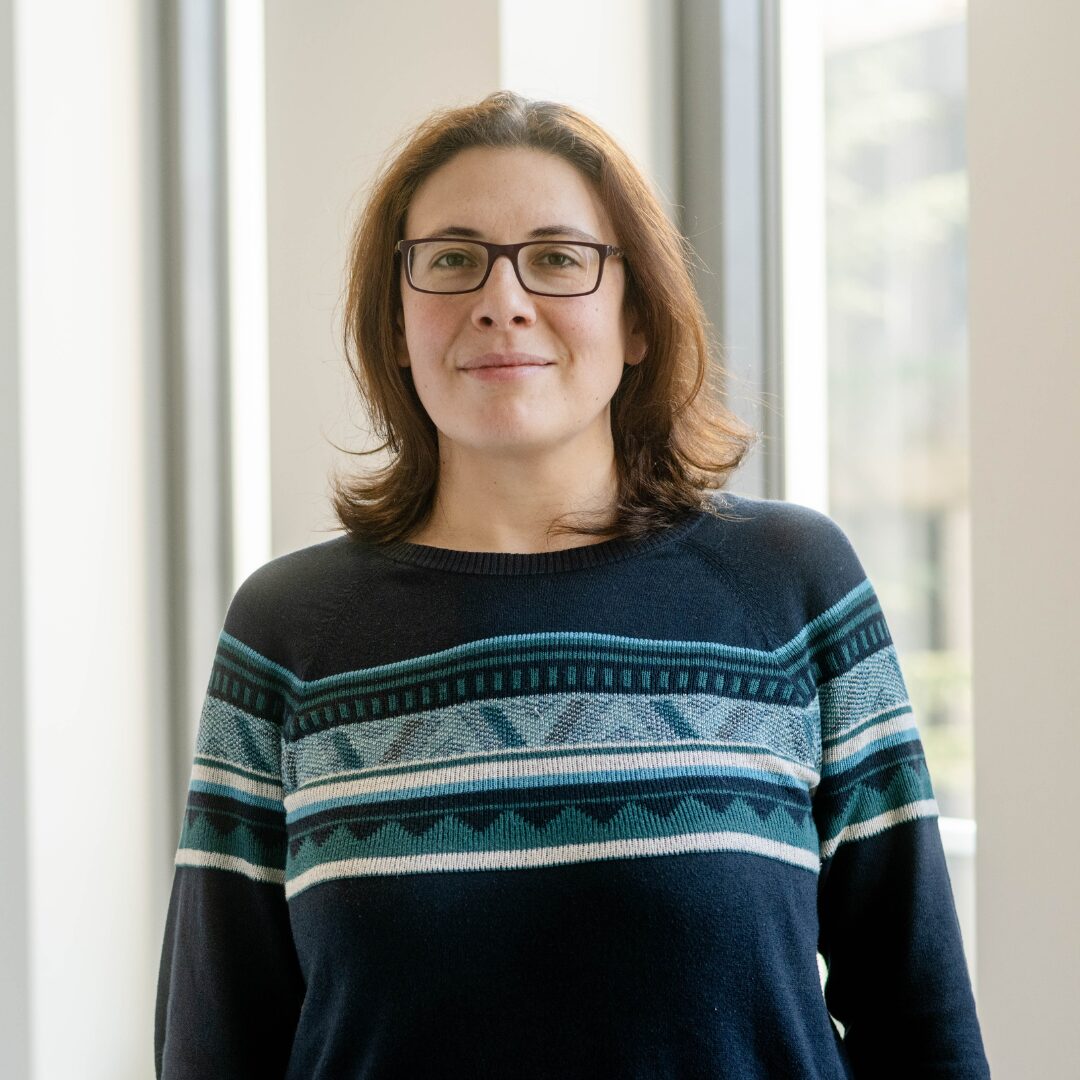
Prof. Dr Maria Elena Innocenti
Computational plasma physics
Research
Research interests:
- Advanced methods for simulating space plasmas
- Multiscale processes in plasmas: magnetic reconnection, turbulence, instabilities
- High Performance Computing
- Methods for data assimilation and machine learning for the analysis of processes in space plasmas
My main research interest is the multiscale nature inherent in heliospheric plasmas . Processes such as turbulence, magnetic reconnection and instabilities show a non-trivial interplay of small and large scales. In magnetic reconnection, processes coexist and interact on the electron, ion and fluid scales. In the solar wind, a large-scale process, such as its expansion, can trigger instabilities on the kinetic scale, which in turn limit the solar wind observable over several AUs and help shape the solar wind energy budget. I prefer to study these phenomena in a fully kinetic framework. However, fully kinetic codes are always limited by high computational costs. Therefore, to extend the modelling capabilities of these codes, I have developed a modelling infrastructure called the multi-level multi-domain method, which can simulate small-scale, high-frequency processes embedded in large domains. I have also developed a fully kinetic version of the Expanding Box Model, which I use for simulations of solar wind kinetic dynamics. Both codes are based on the semi-implicit temporal discretisation known as the Implicit Moment Method.
When working in numerical modelling, it is inevitable to gain some understanding of High Performance Computing and code optimisation.
I have also developed an interest in data-driven analysis techniques based on either data assimilation or machine learning which I apply to the study of heliospheric processes.
I am the leader of a work package for the Horizon 2020 project AIDA (Artificial Intelligence Data Analysis), which aims to use ML methods to analyse the ever-growing amount of data coming from heliospheric missions and simulations.
I am a collaborator with the interdisciplinary NASA-funded science centre HERMES (HEliospheRic Magnetic Energy Storage and Conversion), which advances understanding of how magnetic energy is stored and then channelled into plasma motion and thermal and non-thermal energies in different plasma regimes and environments.

